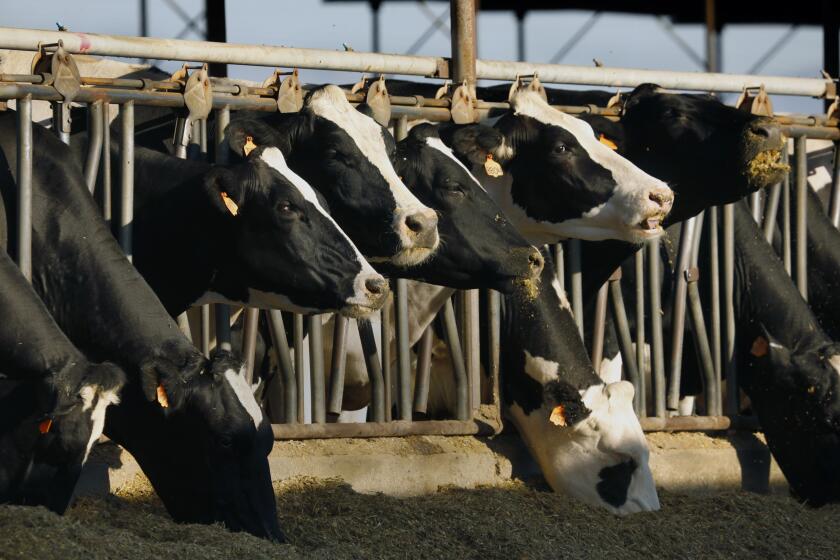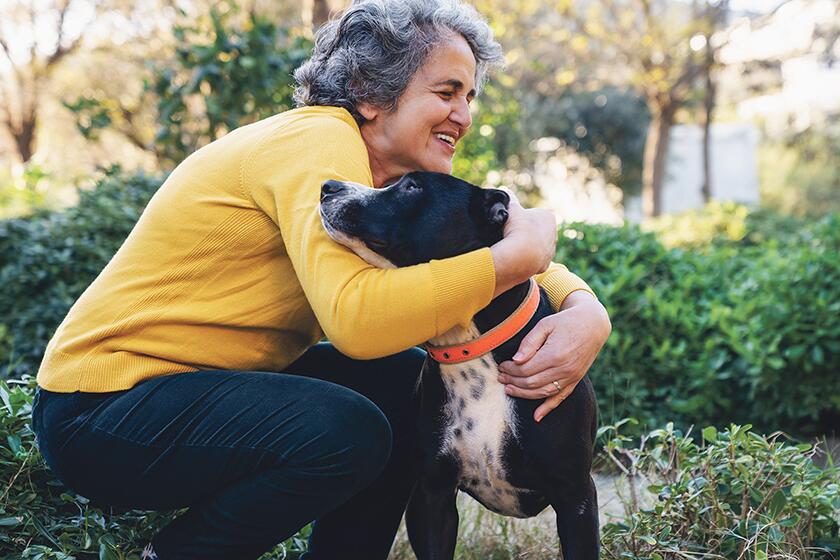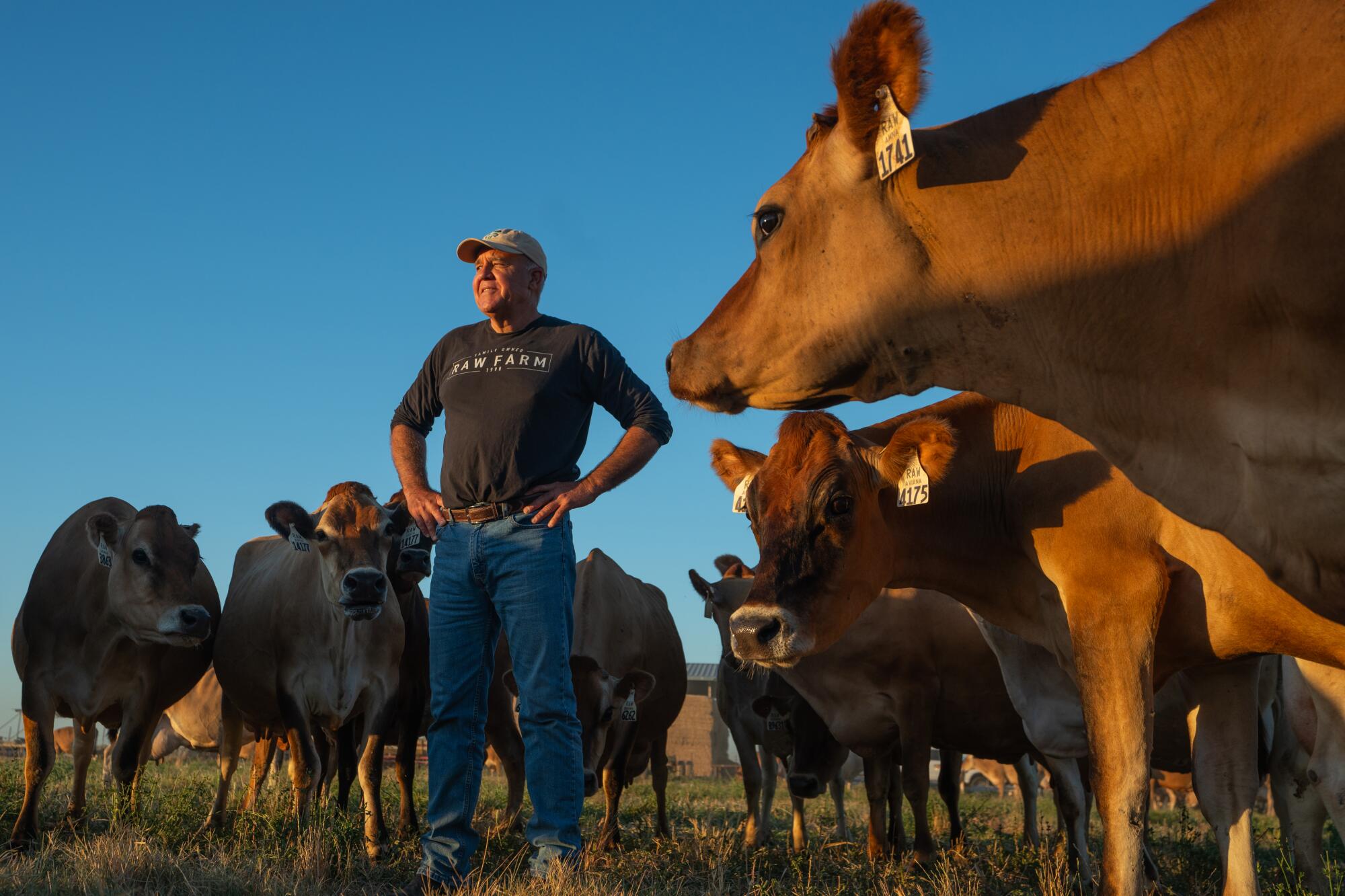
The virus has — so far — caused only minimal illness among humans, yet has spread rapidly among birds, sea mammals and other species with devastating effect.
Although U.S. health officers have repeatedly assured Americans that H5N1 bird flu poses little risk to their well-being, some experts have become increasingly critical of what they see as the government’s failure to aggressively monitor the spread of virus among cattle and other farm animals. The virus has been reported in 145 dairy herds across 12 states, but critics say this is likely an underestimate.
They point to stories they have heard anecdotally from physicians and veterinarians in farming communities about mystery illnesses and cover-ups. And they point to perplexing “hits” of H5N1 in municipal wastewater far from any infected dairy herds.
“I think our government officials are are not doing the thorough investigation they should be doing,” said Rick Bright, a virologist and the former head of the U.S. Biomedical Advanced Research and Development Authority. “I think they are continually minimizing this outbreak and this virus.”
Despite assurances from the federal government that bird flu will be eradicated from dairy cows, some experts worry the disease is here to stay.
The worry among some experts is that H5N1-infected farm animals could serve as “mixing vessels” for new viral strains that could more easily infect people. They point to research released this week showing that the virus has receptors for both birds and humans. And they note that up to 75% of human infectious diseases are derived from pathogens that originated from animals.
Now, amid this heated debate over viral monitoring, a raw milk dairy farmer and longtime critic of the Food and Drug Administration has accused the government of ignoring his tip about a suspected H5N1 outbreak among a herd of dairy cows in early May.
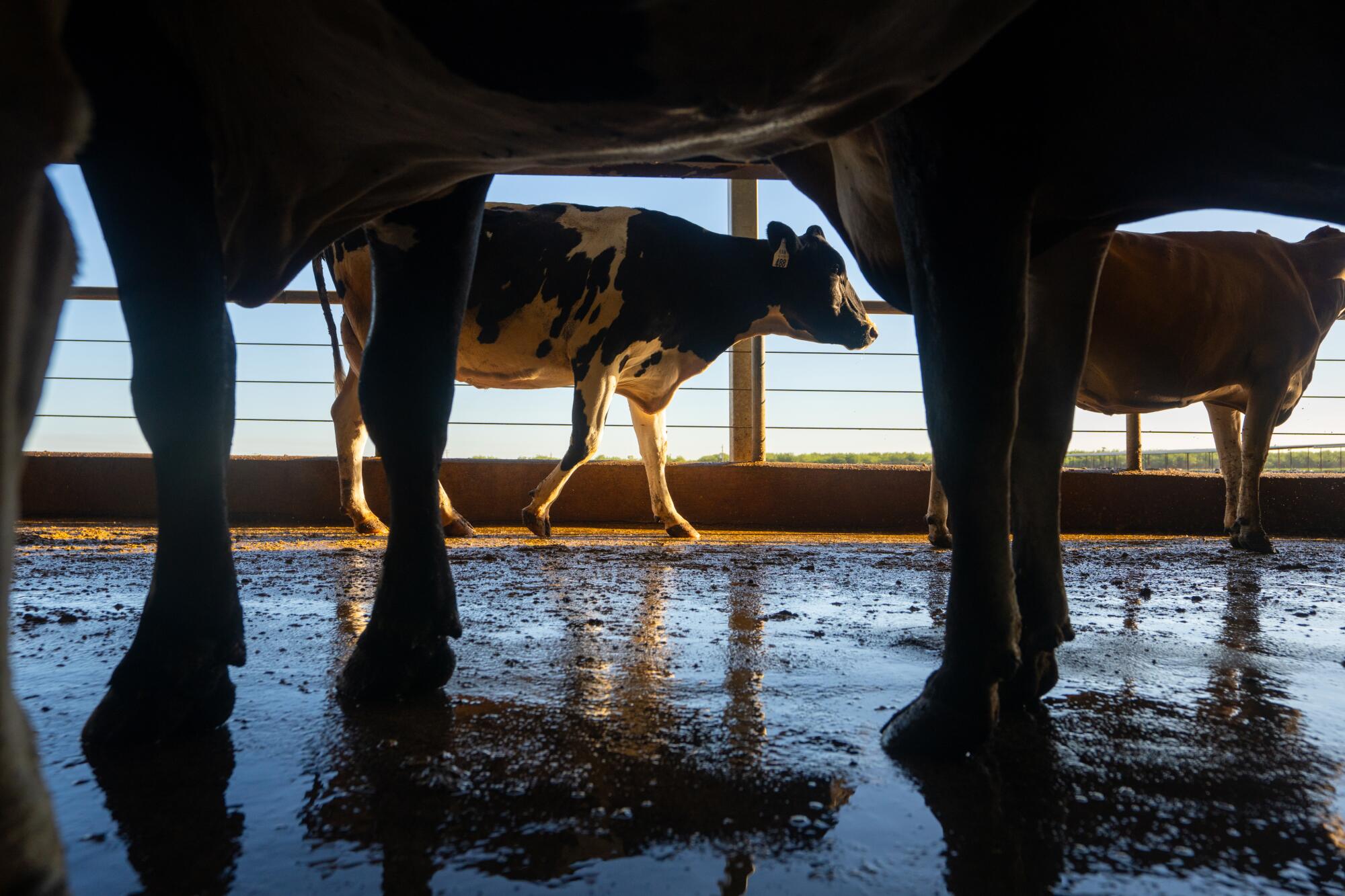
Although it remains unclear whether an outbreak actually occurred, neither federal nor state officials investigated the matter for weeks. Raw milk is not allowed to be sold across state lines, the FDA pointed out. In states that allow it, including New Mexico and California, regulation falls to state agencies. Only after inquiries by The Times did New Mexico officials look into the report. The state said the herd veterinarian did not find symptoms of H5N1 bird flu.
The delayed response, some experts say, suggests a disturbing lack of oversight on the part of government officials.
“I think that once everybody decided it wasn’t going to kill people and pasteurized milk and herds could get over it, then all that was left was to take these stopgap measures — voluntary reporting, voluntary testing, testing when going across state lines — that don’t look anything like a really serious effort to go ahead and stamp it out,” said Michael Payne, a researcher and outreach coordinator at the Western Institute for Food Safety and Security at UC Davis.
The outbreak claim comes from Mark McAfee, owner of Raw Farms, a raw milk dairy producer with herds in Fresno and Hanford. On June 17, McAfee — who is also the president of the Raw Milk Institute, an advocacy group — emailed the FDA’s acting director, Donald Prater, to say that he’d been told a raw milk dairy herd had been infected and that people had probably consumed the contaminated milk.
According to McAfee’s email, which was shared with The Times, a subset of a farmer’s cows were suffering yellowish, runny diarrhea; low milk production; thick, yellowish colostrum; and general weakness. The farmer told McAfee he had separated the sick cows — about 10% of his herd — and discontinued milking them.
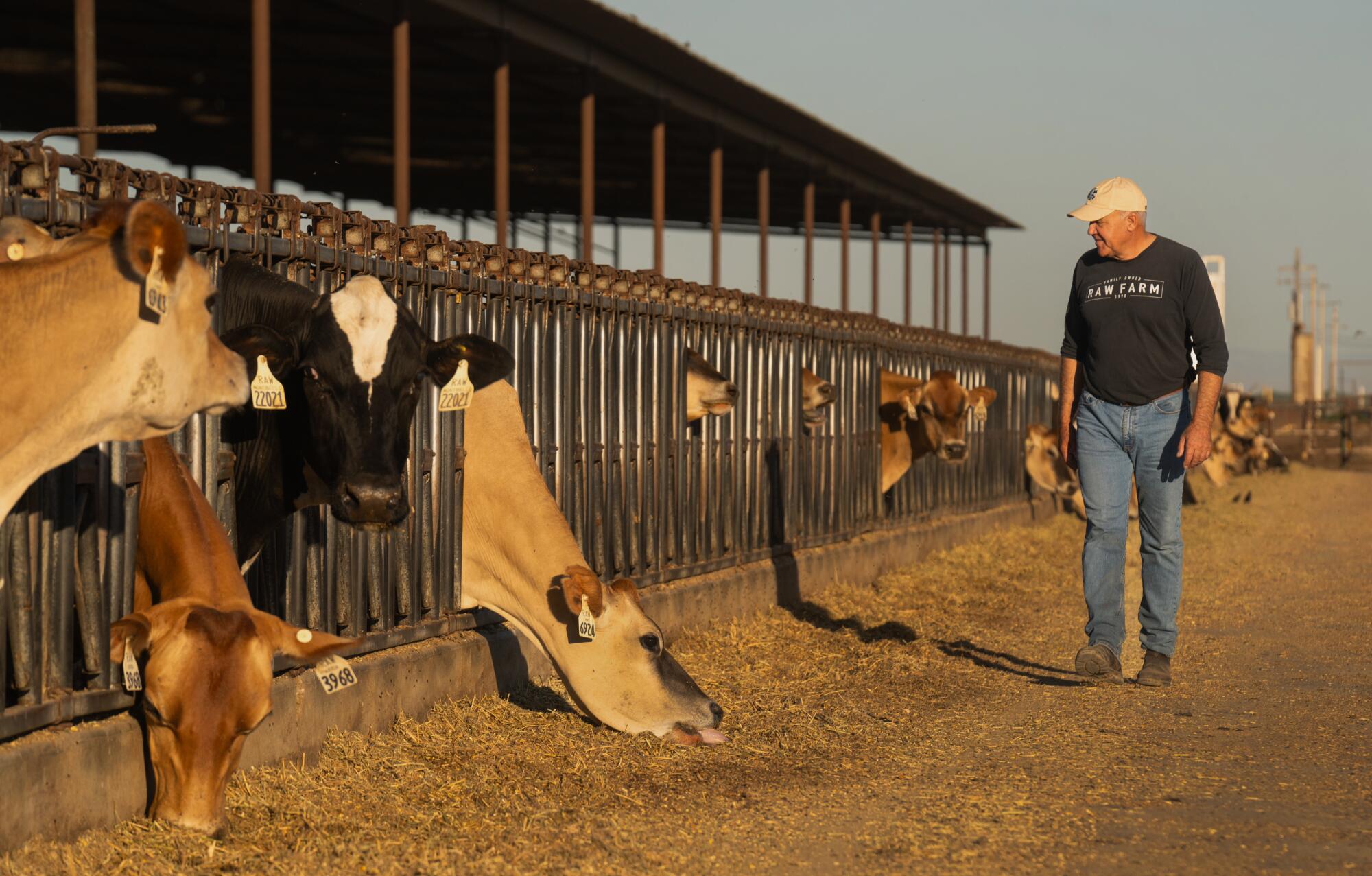
“The farmer reported that for certain, humans had consumed the raw milk at some level,” McAfee wrote to Prater, adding that the farmer’s veterinarian “told the farmer to not report anything to anyone” because the virus would pass and “he did not want the FDA to swoop in and cause a media frenzy.”
McAfee said he fields lots of questions and calls from raw milk farmers around the nation. Because he’s president and founder of the Raw Milk Institute — and the largest producer of raw milk in the country — his advice and counsel is often sought by smaller dairy farmers.
Within 90 minutes of sending the email, Prater responded that he appreciated the time McAfee had taken to write the note and “for sharing these perspectives.” He then added that he and his agency would “take note of the points you raised and come back to you if we have any questions.”
According to McAfee, the FDA did not follow up with him. The state of New Mexico, where McAfee says the herd was infected, was made aware of the tip only last week, after the Times inquired.
The U.S. Department of Agriculture and the Centers for Disease Control and Prevention would not comment for the record on the matter, referring questions to the state.
As researchers scramble to understand the extent of H5N1 bird flu spread, there’s one group of animals they say we should pay special attention to: Our pets.
Critics say whether the outbreak occurred or not, the lack of an immediate, or even timely, response underscores the absence of urgency and leadership in the face of a potential health threat.
“If you turn your back on this virus, you’re kind of inviting it in to bite you in the ass,” said Bill Hanage, associate professor of epidemiology and co-director of the Center for Communicable Disease Dynamics at Harvard University’s T.H. Chan School of Public Health.
Bright, the virologist, said the delay was a problem.
1
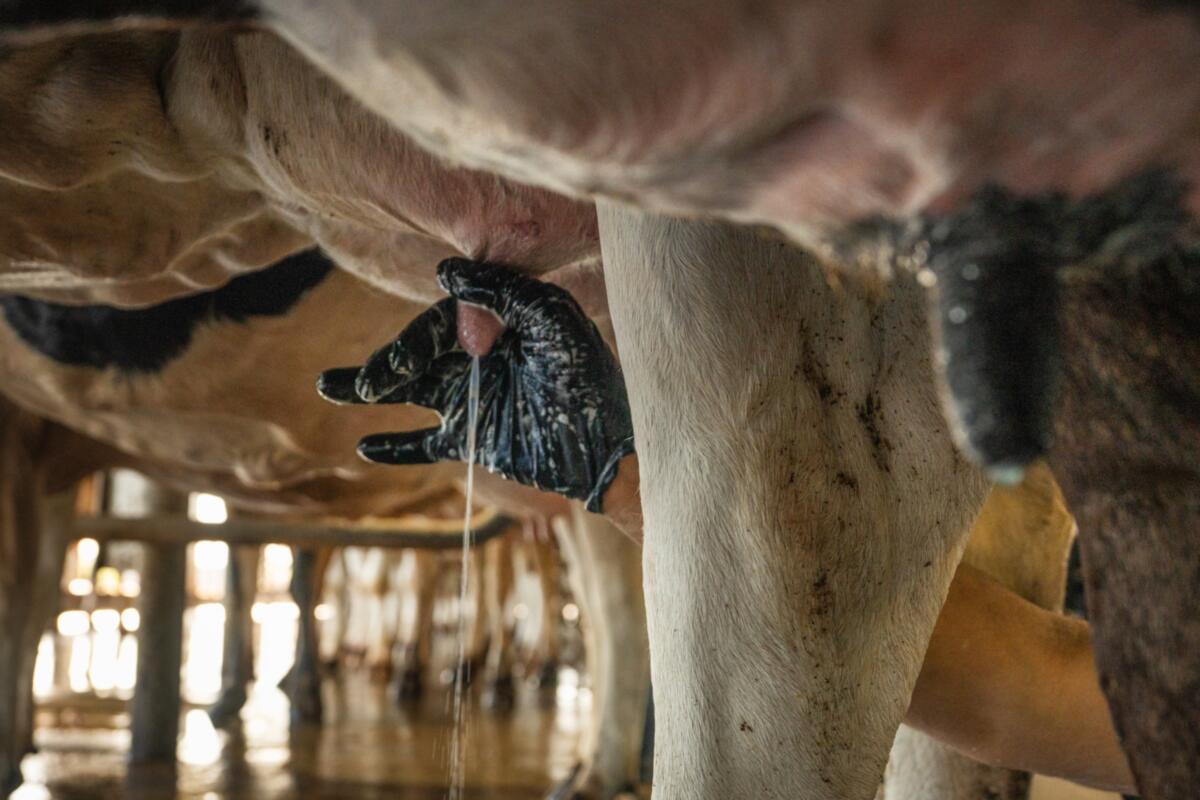
2
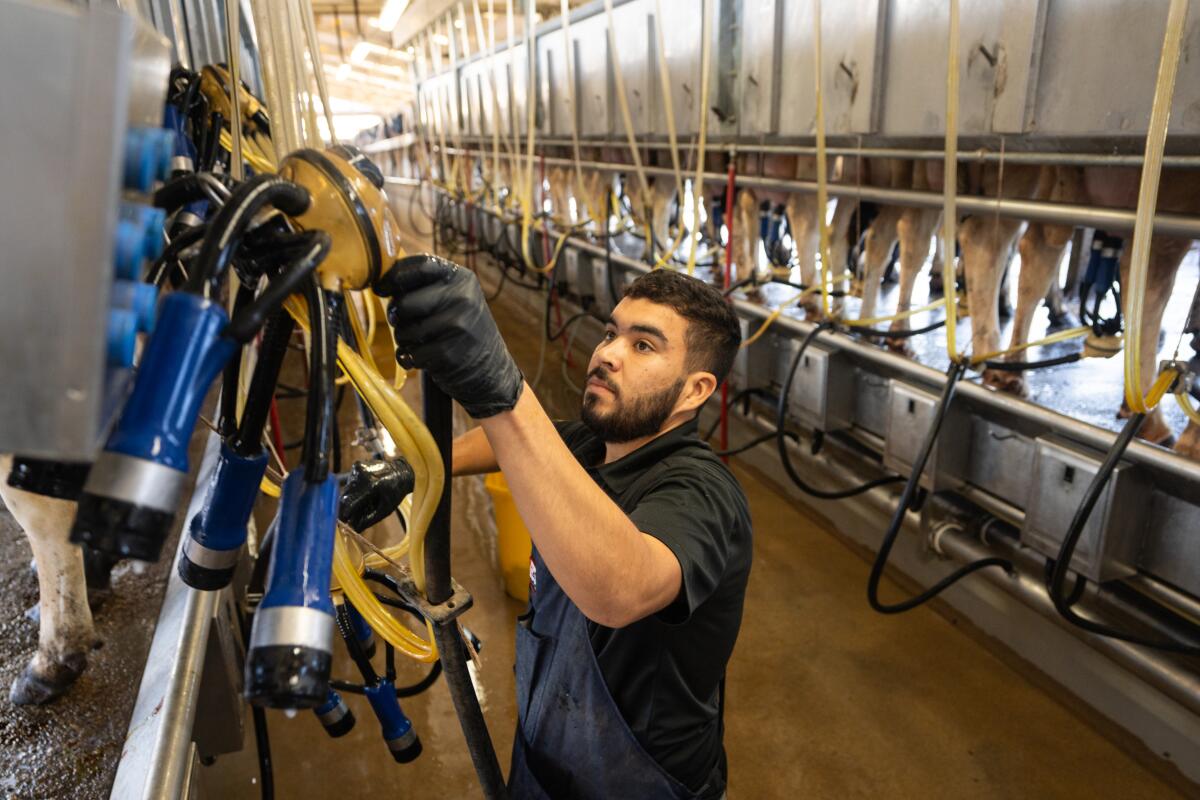
3

1. Carlos Rodriguez squeezes a cow’s teat to check the quality of the milk coming out of it. 2. Alvaro Hernandez hangs a milking cluster high to avoid contamination after a cow has been milked. 3. Mark McAfee checks bacteria levels in his raw milk every day and spends over $300,000 on testing. (Tomas Ovalle / For The Times)
“This is the stuff that drives me crazy,” Bright said. “I always tell people, it’s not necessarily the data that we have in front of us that’s most concerning. It is what’s being hid from us that’s most concerning.”
Farmers do not have to let government officials test their cattle, he said, which makes it hard to verify weeks after the fact whether an outbreak had occurred. If a dairy farmer allowed it, researchers could check for H5N1 antibodies in the blood.
“I really don’t think they want to know,” he said of the U.S. government, and the FDA in particular.
The FDA disputes that. A spokeswoman said the agency has been in contact with the New Mexico Department of Agriculture, which is investigating, and hasn’t been able to substantiate the claim that raw milk from an infected herd was sold to the public.
And to be sure, the FDA and McAfee’s Raw Milk Institute have had a long, contentious history.
“To be quite frank, your source, Raw Milk Institute, are known advocates for repeatedly amplifying what they say is a lack of evidence that drinking raw milk with H5N1 is bad for you,” said Janell Goodwin, an FDA spokeswoman.
The FDA position is that pasteurization makes the U.S. milk supply safe. It and other government agencies recommend that people do not drink raw milk.
McAfee, on the other hand, said he reported the outbreak because he believed it showed that unpasteurized, yet infected, raw milk was not a threat.
“No one got sick from that outbreak,” he insisted.
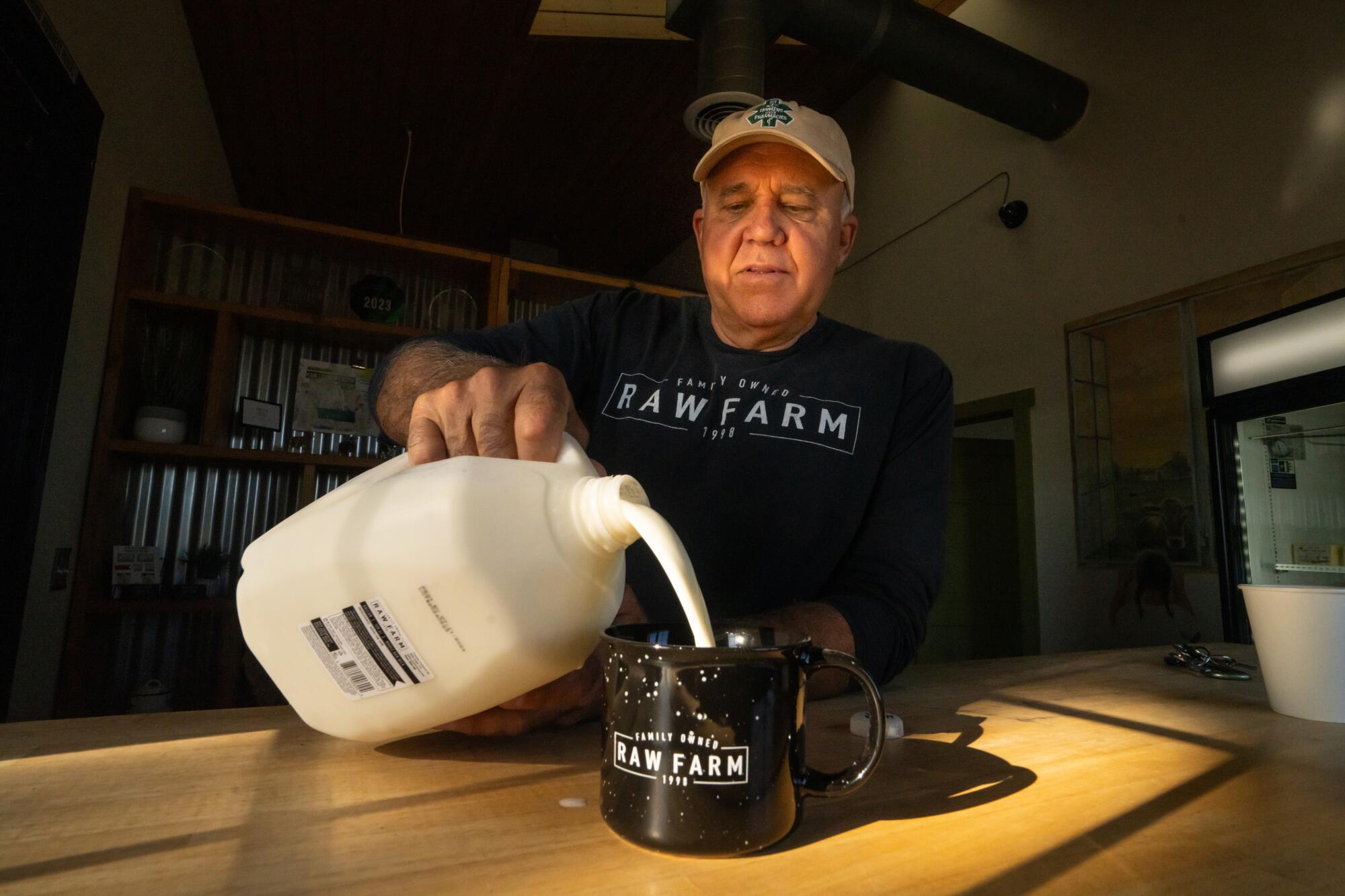
But epidemiologists The Times spoke with expressed skepticism on this point, suggesting that maybe nobody had “reported” being sick, noting that many dairy workers are migrants who may not relish a government visit. And they pointed to experimental and observational studies of barn cats that consumed H5N1 contaminated raw milk and “had about a 50% mortality rate and really unpleasant symptoms,” said Hanage, the Harvard professor.
Drinking raw milk is “something that is a risk that we would rather people didn’t take just for their own sake,” he said.
McAfee noted that he has received a certificate of good standing by California’s Department of Food and Agriculture for voluntarily testing his cows’ milk for H5N1. A spokesman for the agency confirmed that as of July 1, the farm’s milk was clear of the virus.
Despite warnings of H5N1 bird flu outbreaks among dairy cattle, raw milk enthusiasts say they will continue to drink unpasteurized milk.
